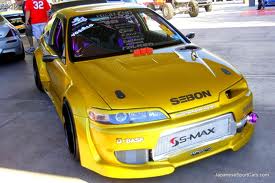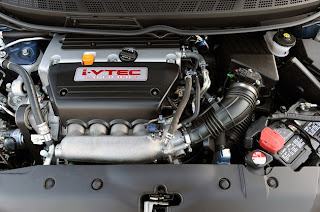I think I'm a pretty average
American. I live in the Midwest, in a city with no reliable public
transportation, and I have to drive to get just about anywhere. I know how to
change my windshield wiper blades - sort of. I know how to change my oil - sort
of. I know how to change my tires, but I'm not strong enough to unscrew the lug
nuts. Since I don't really enjoy working on my car or getting dirty, I usually
take my car to a mechanic for all of its regular maintenance and repair.
My first car was a 1987 Chevrolet
Celebrity with over 120,000 miles. The body of that car definitely showed its
age - I don't think it had any of its original paint left on it! It had been
involved in three or four small accidents, and never repaired. The radio didn't
work anymore, so I had a small battery-operated AM/FM radio and tape player
that sat on the passenger seat instead. The felt in the ceiling had
deteriorated, so I used small sewing pins to keep the ceiling-fabric from
falling down. However, the motor was still good, and I still managed to squeeze
20 miles per gallon out of it. I was pretty happy with that car, until one day
the brakes gave out as I drove down the highway. After a terrifying ride home,
I donated the car to charity.
Car transporters can help you get your Civic home today!
We
know how much you love your Honda. That is why maintenance should be a prime
virtue for you. Despite the fact that Honda cars are built with exceptionally
tough car parts, malfunction still can't be totally avoided. Yes, it happens
even to your Honda. It is advised, therefore, to every car owner that his car
be brought to a professional mechanic for regular tune-ups and thorough parts
inspections. It can't be stressed enough that prevention is better than the
cure. By all means, you should do what you can to delay wear and tear to
particular Honda parts that naturally have their own life span. Inevitably,
there will come a time when your Honda parts will need replacements. You can't
really expect otherwise especially if you are using your Honda everyday.
Without proper maintenance, regular use could lead to early wear and tear on
your auto parts. From a more optimistic point of view, malfunction could also
mean that that a Honda part has seen better days and is, therefore, in
immediate need of replacement so that your car can serve you better like when
it was new. Replacing at least a Honda part in the engine, for example, not
only revs up your car's performance. It could also save other car parts
affected by the malfunction.





















